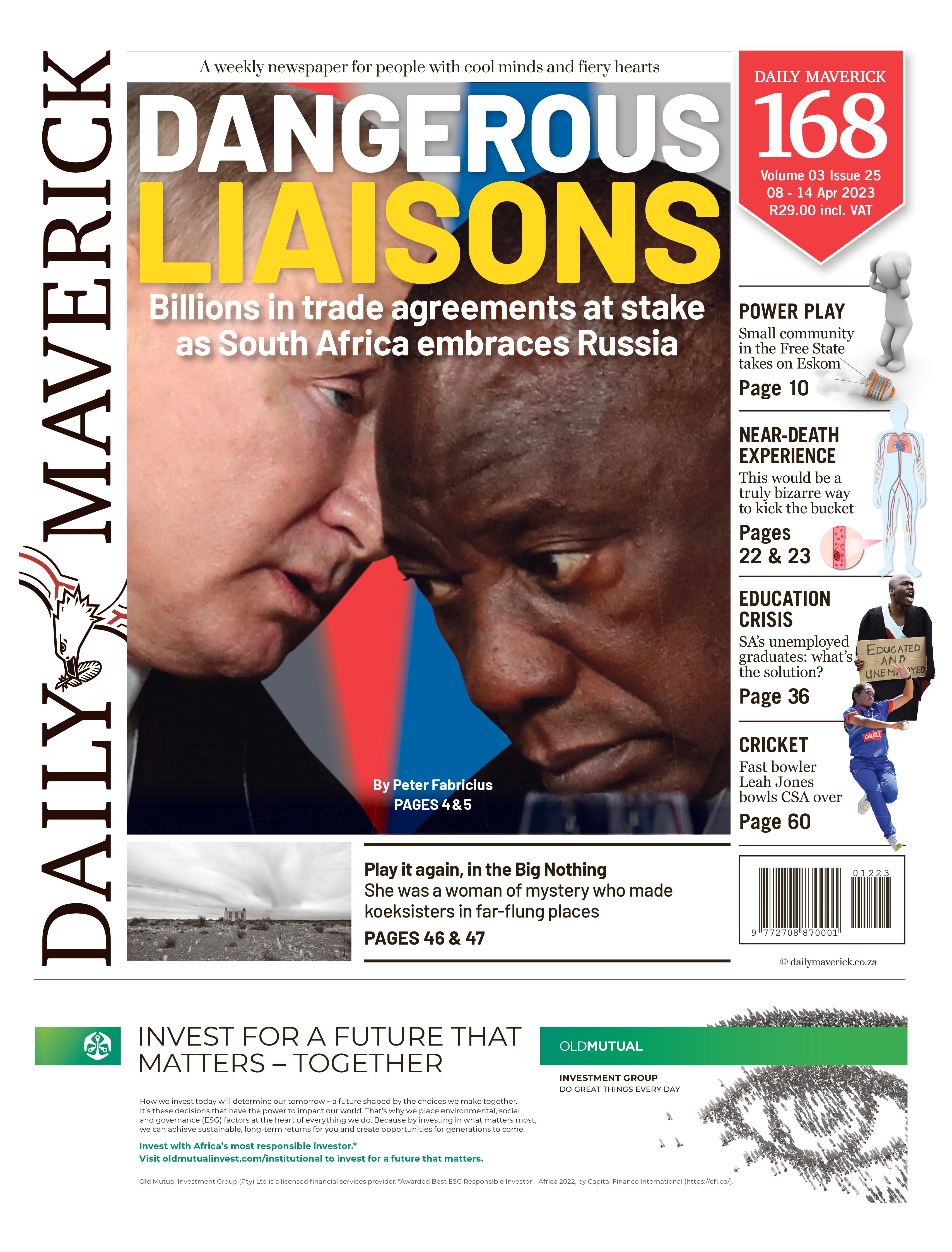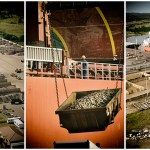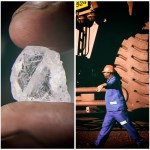MINERAL WEALTH PORTAL
Explainer: A mining cadastre and public transparency

A mining cadastre is an online map portal that displays a country’s mineral wealth in a way that is easily accessible to the public. It also shows the state-of-play of mining and exploration rights as well as active mining operations in a country.
On top of that, a functional cadastre can act as a mining licensing system. It allows companies to apply for exploration, prospecting and mining and related rights, and for the regulator to process such applications – hopefully in a timely fashion.
For mining companies, this is made easier by the fact that a proper cadastre shows what rights are currently valid, their expiry date, precise location and the mineral or minerals in question. As an example: if Anglo American has a prospecting right for, say, diamonds in Namibia that expires in five years’ time, you will know that it is set in stone. But companies in most mining jurisdictions can relinquish or transfer rights, and if a company knows who has rights where, they can reach out to them directly.
A cadastre will also have colour and other kinds of coding – in short, a legend – that denotes minerals and various permits and licences.
Anyone with an internet connection should be able to view it – transparency for the public is a key aim of a cadastre. But those who want to make mining rights applications would typically take extra steps such as registering as a user.
One example we have reported on before is that of Botswana, which transparently displays a scramble for hydrocarbons and other valuable commodities in the Central Kalahari Game Reserve.
Read more in Daily Maverick: Botswana’s mining cadastre reveals hydrocarbon scramble…
Botswana’s cadastre portal, as well as those used by several other African countries, is an off-the-shelf system provided by Colorado-based Trimble. In 2015, it acquired Spatial Dimension, a pioneer in such technology founded in Cape Town in 1999. This made-in-South Africa unit has been at the forefront of Trimble’s cadastre offerings, which are regarded as the gold standard by the mining industry.
South Africa’s lack of one has long been seen as a key obstacle to investment in the country’s mining sector, especially on the exploration front. South Africa’s share of global capital expenditure in exploration in 2022 was less than 1%, compared to over 5% two decades ago.
Read more in Daily Maverick: Mantashe’s missed mining target – SA at less than 1% of…
After years of delays, the Department of Mineral Resources and Energy seems to have finally got the tender process rolling to replace its utterly useless Samrad system for mining rights applications with a proper cadastre. The backlog of applications for various mining and exploration rights snarled up in Samrad reached over 5,000 at one point in 2021.
Transparency is badly needed to make South Africa a more attractive destination for mining investment. DM168
This story first appeared in our weekly Daily Maverick 168 newspaper, which is available countrywide for R25.



















Comments - Please login in order to comment.